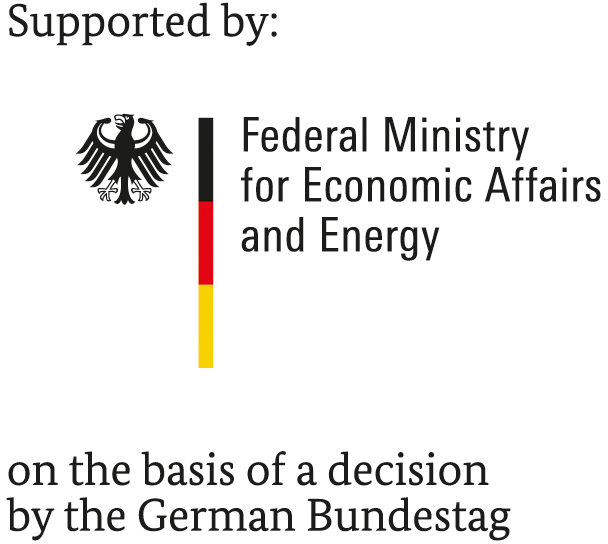Locke2008_Circadian_Clock
Description
Formats
- Systems Biology Markup Language Level 3 Version 1 Core
- Systems Biology Markup Language Level 2 Version 5
Links
Example
Mathematical model predicts a critical role for osteoclast autocrine regulation in the control of bone remodeling.
Description
Bone remodeling occurs asynchronously at multiple sites in the adult skeleton and involves resorption by osteoclasts, followed by formation of new bone by osteoblasts. Disruptions in bone remodeling contribute to the pathogenesis of disorderssuch as osteoporosis, osteoarthritis, and Paget's disease. Interactions among cells of osteoblast and osteoclast lineages are critical in the regulation of bone remodeling. We constructed a mathematical model of autocrine and paracrine interactions among osteoblasts and osteoclasts that allowed us to calculate cell population dynamics and changes in bone mass at a discrete site of bone remodeling. Themodel predicted different modes of dynamic behavior: a single remodeling cycle in response to an external stimulus, a series of internally regulated cycles of bone remodeling, or unstable behavior similar to pathological bone remodeling in Paget's disease. Parametric analysis demonstrated that the mode of dynamic behaviorin the system depends strongly on the regulation of osteoclasts by autocrine factors, such as transforming growth factor beta. Moreover, simulations demonstratedthat nonlinear dynamics of the system may explain the differing effects of immunosuppressants on bone remodeling in vitro and in vivo. In conclusion, the mathematical model revealed that interactions among osteoblasts and osteoclasts result in complex, nonlinear system behavior, which cannot be deduced from studies of each cell type alone. The model will be useful in future studies assessing the impact of cytokines, growth factors, and potential therapies on the overall process ofremodeling in normal bone and in pathological conditions such as osteoporosis and Paget's disease.
Formats
- Systems Biology Markup Language Level 3 Version 1 Core
- Systems Biology Markup Language Level 2 Version 5
Links
Mathematical modeling and analysis of insulin clearance in vivo.
Description
BACKGROUND: Analyzing the dynamics of insulin concentration in the blood is necessary for a comprehensive understanding of the effects of insulin in vivo. Insulin removal from the blood has been addressed in many studies. The results are highly variable with respect to insulin clearance and the relative contributions of hepatic and renal insulin degradation. RESULTS: We present a dynamic mathematical model of insulin concentration in the blood and of insulin receptor activation in hepatocytes. The model describes renal and hepatic insulin degradation, pancreatic insulin secretion and nonspecific insulin binding in the liver. Hepatic insulin receptor activation by insulin binding, receptor internalization and autophosphorylation is explicitly included in the model. We present a detailed mathematical analysis of insulin degradation and insulin clearance. Stationary model analysis shows that degradation rates, relative contributions of the different tissues to total insulin degradation and insulin clearance highly depend on the insulin concentration. CONCLUSION: This study provides a detailed dynamic model of insulin concentration in the blood and of insulin receptor activation in hepatocytes. Experimental data sets from literature are used for the model validation. We show that essential dynamic and stationary characteristics of insulin degradation are nonlinear and depend on the actual insulin concentration.
Formats
- Systems Biology Markup Language Level 3 Version 1 Core
- Systems Biology Markup Language Level 2 Version 5




The model reproduces Fig 2A of the paper.
Model successfully reproduced using Jarnac and MathSBML. Locke JC, Westermark PO, Kramer A, Herzel H. Global parameter search reveals design principles of the mammalian circadian clock. BMC Syst Biol 2008; 2: 22 Institute for Theoretical Biology, Humboldt-University Berlin, 10115 Berlin, Germany. jlocke@caltech.edu.